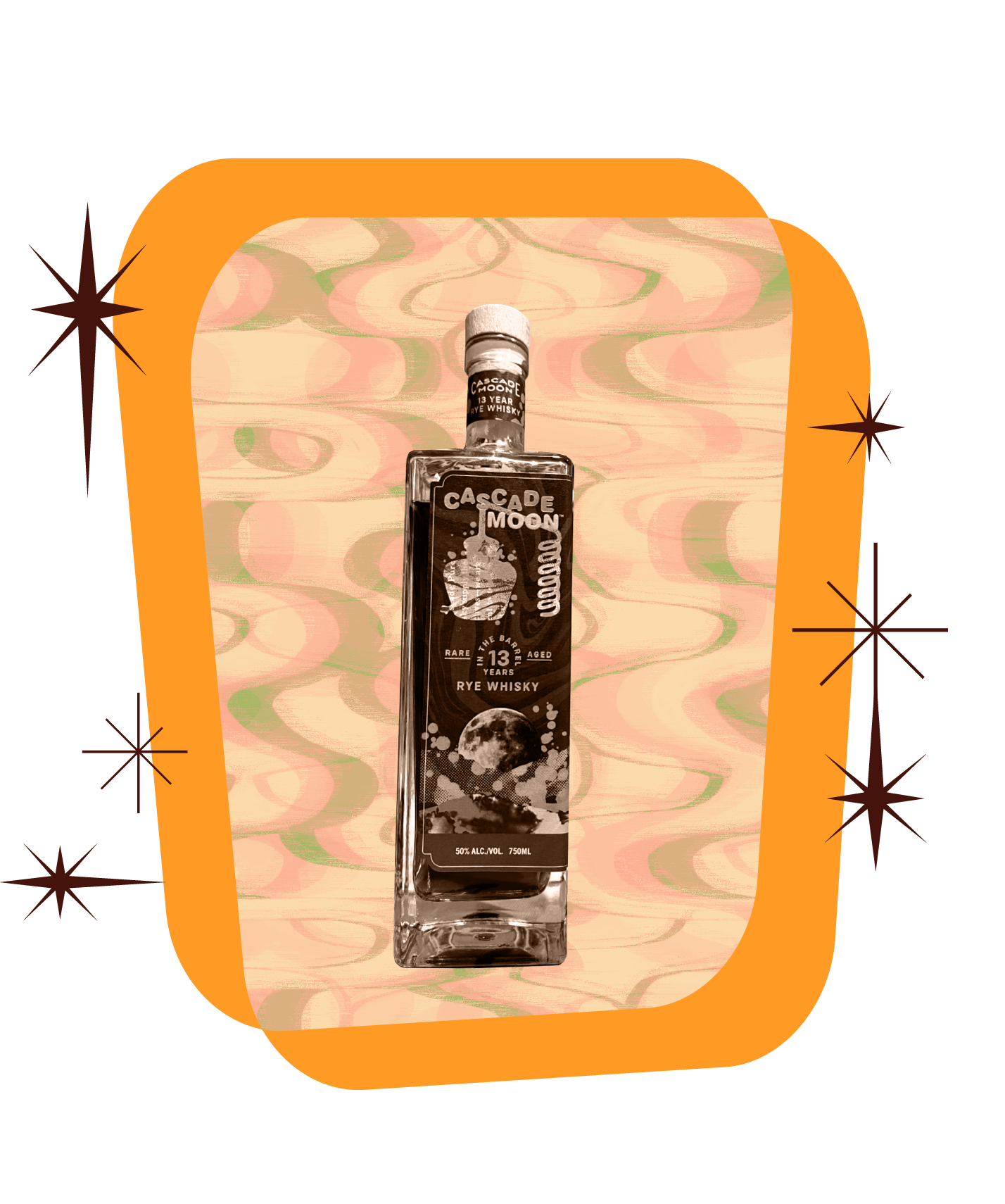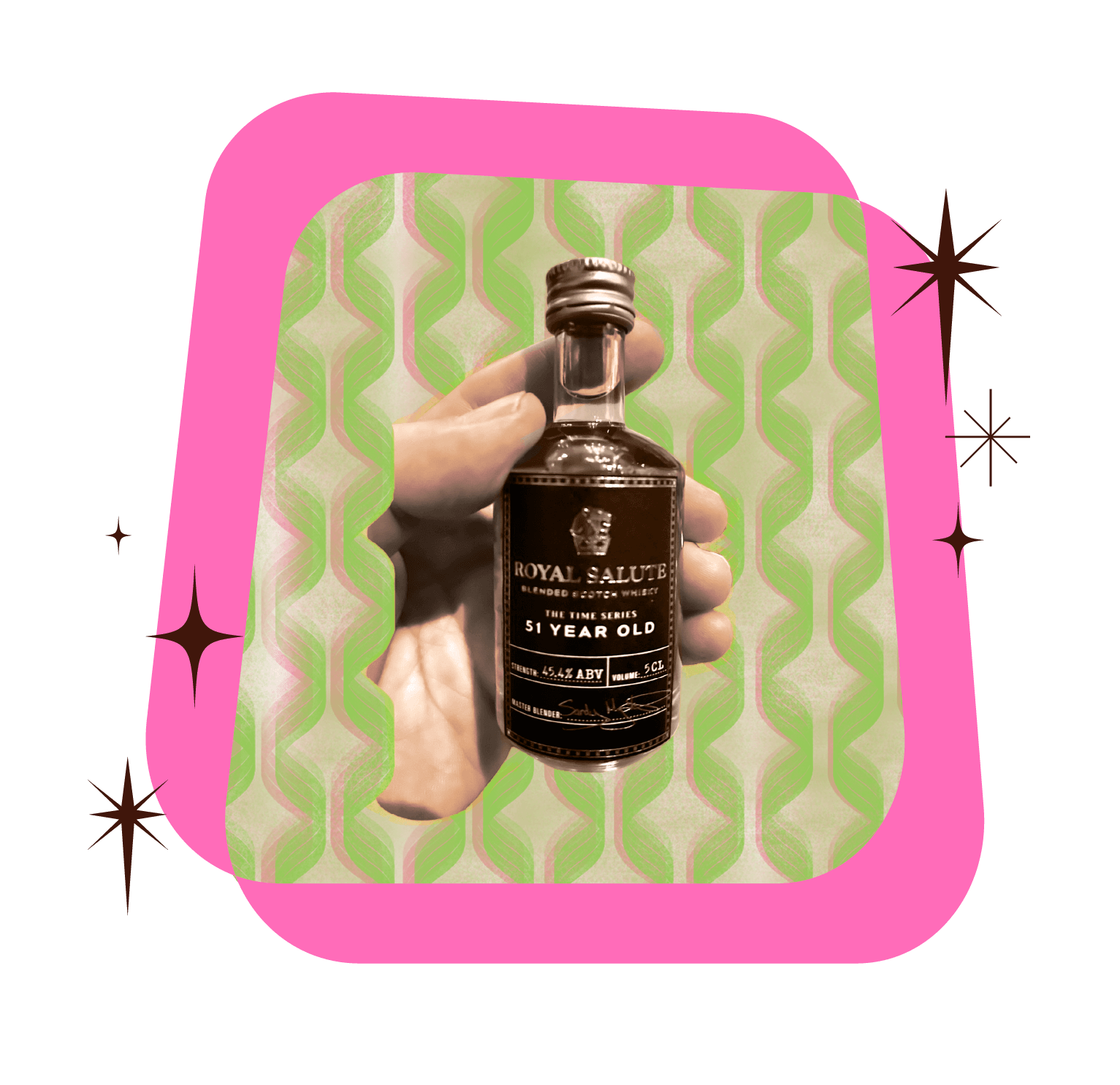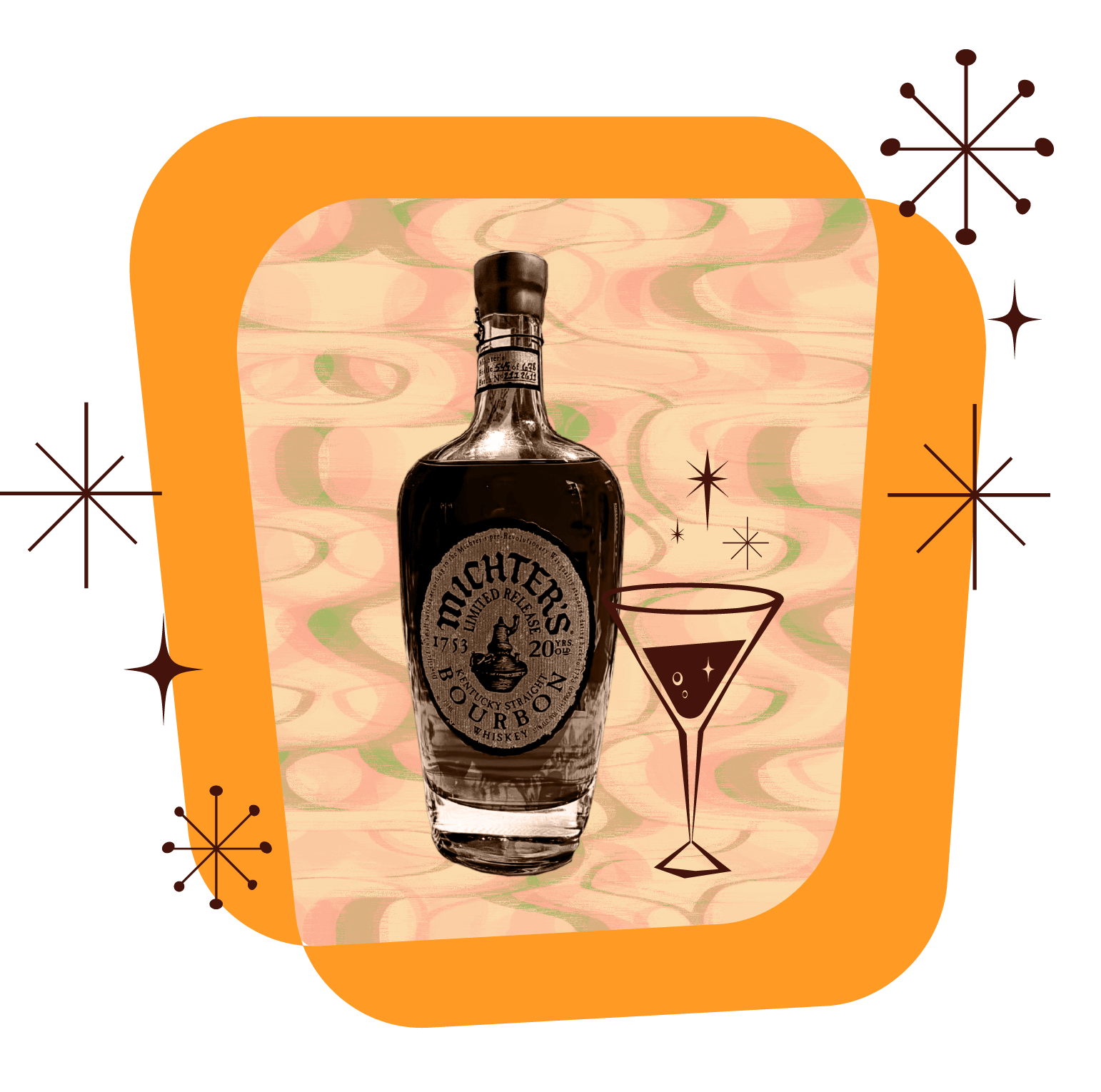What's Tony Drinking? Good Glasses of Bourbon, Rye, Blended Scotch & Cocktails, Both Old &New
New Bottling, Old Rye
It’s slightly nerve-racking getting asked to be the first drinks writer to taste a new bottling, especially when the invite involves talking about it with a person intimately involved in its creation. But when the person is Nicole Austin — GM/distiller for the Cascade Hollow Distilling Co., aka the George Dickel distillery — and the booze is a 13-year-old rye Nicole found while poking around the warehouses looking for interesting booze to bottle for her Cascade Moon line, you take your chances and assume it’ll be good. And, thank goodness, it IS good, otherwise, it would’ve made for an extremely awkward conversation. It doesn’t taste at all like what I expected. Distilled in Indiana in 2008 and aged in Tennessee since 2012, it’s got clove, tropical fruit, and eucalyptus on the palate, and gentle cinnamon spice on the finish rather than the black pepper tingle one normally finds in rye of that age. Weird for sure, but oddly compelling as well — I couldn’t stop sipping on it for the duration of my chat with Nicole. Which took place at 9:30 AM, did I mention? 50% ABV whiskey did make a pretty delicious breakfast, I must admit. And if you’re interested in trying it for yourself, it launches this month.
A Blended Scotch To Break The Bank (And Delight The Taste Buds)
Blended Scotch has certain advantages over fancier single malts, namely that blends are more mixable, and also that, for the most part at least, they’re less expensive. Perhaps that’s part of why they’re more mixable. At any rate, there are certainly exceptions to these rules — Johnnie Walker Blue Label, to name one, ain’t cheap. But a few especially noteworthy blends are coming out with particularly eye-popping price tags. Take Royal Salute’s 51 Year Old bottling, the second in their Time Series collection. At $30,000 a bottle, it’s not exactly an impulse buy. But with only 101 bottles available worldwide, it’s not really a mass-market item, either. Royal Salute, a particularly swanky part of the Chivas Regal empire, is better known in the UK than Stateside, but the blends I’ve tasted of theirs deserve attention everywhere. And that includes the 51 Year Old, which I was fortunate enough to sip at NYC whisky mecca The Flatiron Room at a small dinner celebrating the launch. It’s at least partially aged in sherry casks, and the rancio came through powerfully, especially the orange-raisin notes. At some point, I said, “This is the best orange liqueur I’ve ever tasted.” But as it sat for a bit, the flavors balanced out and the sweet fruity notes faded a bit, replaced by a beautiful oaky spice. Is it worth $30,000? Hell, with inflation being what it is, even $30,000 isn’t worth $30,000 anymore. But I’m glad I was able to taste it, and if you’ve got $30,000 to spend on a bottle of whisky… call me. We’ll talk.
Michter’s Hits It Out Of The Park (Again)
Coming in at 31 years younger and $29,250 cheaper than Royal Salute, Michter’s 20 Year Bourbon is a relative steal, and it’s one of the best whiskeys I’ve tried all year. I’m terrible at describing aromas — I usually flail about for the right words until someone else suggests something and I hopefully agree and go, “Yes, that’s it!” But in this case, I “got” the nose right away. It brought me back to my childhood and my dad’s old pipe tobacco, Amphora. That sweet, smoky smell made me want to call him up and invite him over to share a glass. Alas, he’s drinking at that great saloon in the sky, so I had to settle for toasting his memory. It tastes great, too, with sweet dessert-in-a-glass notes of vanilla, milk chocolate, and toffee balanced out by the high (57.1%) ABV, which gives it a bracing kick. It is absolutely delicious. If you love bourbon, it’s worth hunting down one of the 678 bottles available.
Wild Turkey Makes ‘One’ Helluva Bourbon
Another bottle that’s worth the inevitable hunt is the latest in the Wild Turkey Master’s Keep series. It’s been the happy place for WT master distiller Eddie Russell (working for the brand since 1981) to bottle some of his more noteworthy extra-aged whiskeys, out of reach of his father, the legendary Jimmy Russell (with Wild Turkey since 1954!), who prefers to bottle his whiskey on the younger side. But One, as the sixth Master’s Keep is called, is a blend of bourbons ranging from Jimmy-friendly 9 years old to 14-year-old Eddie specials, finished in toasted oak barrels. It’s pretty damn tasty — on the tannic side, but with lots of sweet vanilla and toffee, slightly savory honey, and even, weirdly enough, some hints of honeydew melon. Go figure. It kept me sipping, that’s for sure. At $175 (soon to go for more on the secondary market, no doubt), it ain’t cheap, but compared to the other whiskeys I’ve been sipping, it’s virtually bottom-shelf.
Cocktails, Both Old-School And Newfangled
One cannot live on brown spirits alone (actually they can, but I needed to come up with a segue), so I also threw a couple of cocktails into the mix. The best one I had was at Eleven Madison Park, whose ultra-swanky vegan prix-fixe dinner has been the talk of the town, both good and bad since it debuted a few months ago. The food was always interesting and sometimes extraordinary, but the cocktails — namely the Pear, described to me as “an autumnal daiquiri,” were flippin’ brilliant. I wish I could tell you the ingredients in the Pear, but alas, my photo of the cocktail menu seems to have disappeared. All I remember is that it was white Caribbean rum and Speyside Scotch whisky. And pear, of course. And indeed, it had all the hallmarks of a daiquiri but with the citric brightness of the classic dimmed and muted, so appropriate for the season — although I’ll bet it would taste delicious in summer, too.
Almost as delicious, and probably the least hoity-toity thing I drank all week, was a classic Beefeater gin martini at the venerable Donohue’s Steak House, where they’ve been mixing ‘em up since 1950. The menu has supposedly remained unchanged since the Nixon administration, and the martini is a classic — dry, served in an old-school three-ounce glass. You really get two martinis for your money, because they set the remainder down on the table in the mixing glass in which it was made. Simple, no-nonsense, and I believe they were using “vintage” Beefeater, meaning the 47% ABV classic that had been sold in the States for decades until they dumbed it down to 44% in the last year or so. A tragedy for gin lovers everywhere. Word to the wise: if you can’t get the “real” Beefeater, switch over to Sipsmith — or, if you’re at a vintage establishment like Donohue’s, Plymouth (if they have) or Tanqueray (if they don’t).




